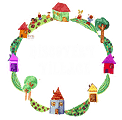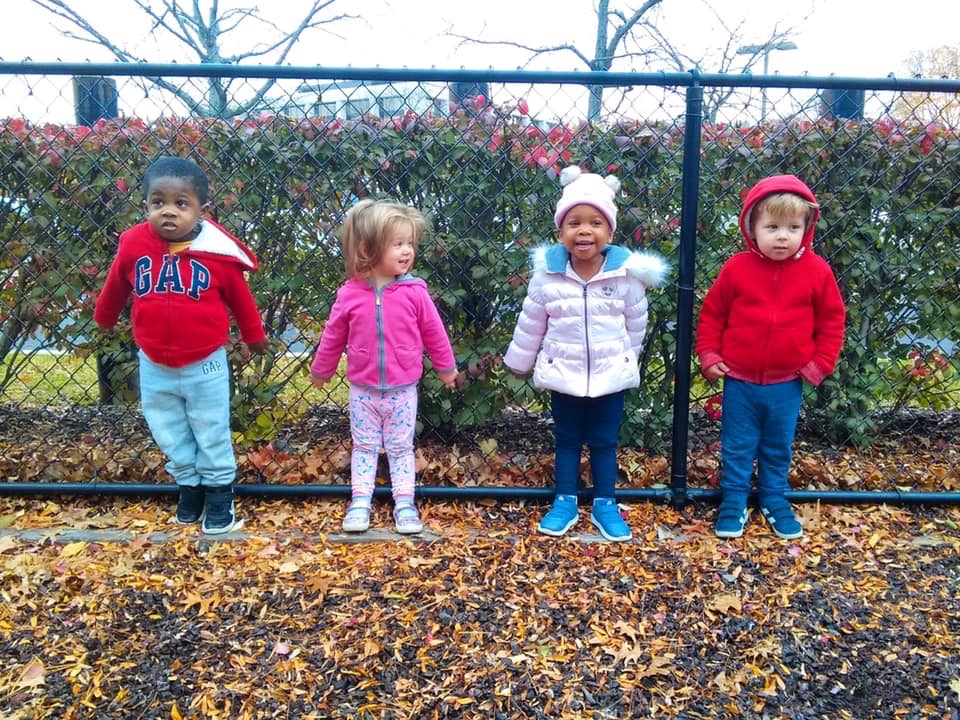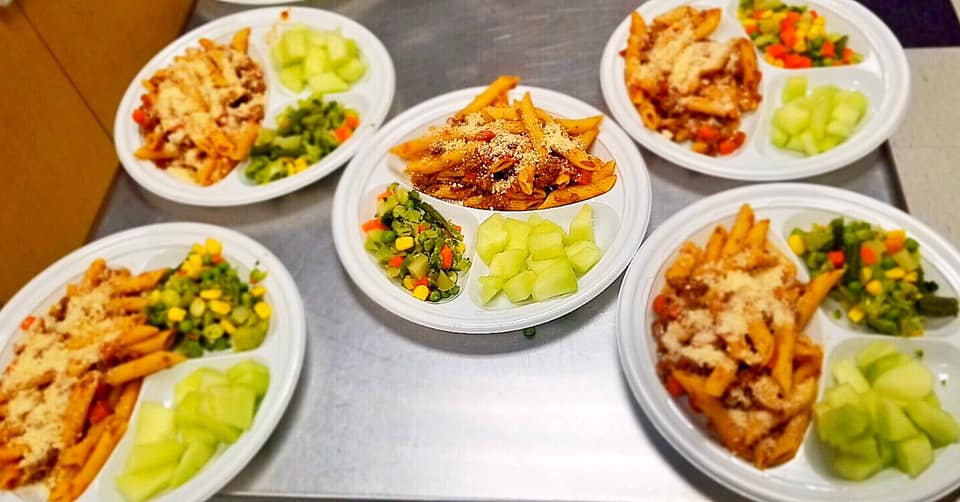Every experience and event during the formative years of your child’s life shape the foundation for later learning and their relationships with others. In a daycare center, you can expect your child to have plenty of exploratory time, free-play and play-based learning. Some even provide some structure learning activities to hone the children’s academic skills and knowledge, including solving numbers, reading and writing.
Working parents in Tarrytown, NY, need and want accessible, high-quality, and affordable daycare centers for care, supervision, and learning that their children deserve. But with the plethora of options in town, the juggle is real in finding the right place to care for them.
Daycare doesn’t just help kids; they help parents too!
Many parents agonize and feel guilty about enrolling their child in a daycare. But if you take a look at what a daycare center has to offer, that guilt is not necessary. Whether you are working or a stay-at-home parent, sending your kid to a daycare facility benefits your child, but also you. It gives you the time you need to fulfill your corporate and personal duties while your child socializes and learns in a caring environment.
Some parents also need a break from their little one sometimes, so there is no shame in sending your child to a daycare center for a few hours a day. For instance, moms have one of the toughest jobs in the world: working for a living, taking care of their child and performing home duties. It can take a toll on their mental health, so having free time is a blessing for them. They can use the time without their kids to go grocery shopping, catch up on household chores and maybe even pamper themselves for some relaxation. The best part is that their children get to have fun and socialize with other kids close to their age as well.
5 Benefits of Enrolling Your Child in Daycare
Did you know that putting your kid in a daycare center can help in enhancing their communication skills? If you send your kid to a daycare facility, and you feel guilty about it, you will love to learn how it benefits your little one. If you are pondering the idea of a daycare that best fit you and your child’s needs, here are some points to consider:
It prepares your kids for school
Sooner or later, your child will leave his nest to attend formal school. But if he has been going to daycare centers for a while, the transition of leaving home will be a lot easier as the time preschool and kindergarten rolls around.
It has flexible hours and regular schedules
Daycare centers are flexible when it comes to hours – they open early and close late to cater to busy and working parents. It is also a place where your child can learn about routines while partake in a sequence of fun and different learning activities like singing and storytelling. Moreover, the structured time for playing, napping and eating can also shape your kid’s behavior at home, which can benefit parents too.
It can make parents happy
While some parents have the means to stay home and provide their own childcare, not all can follow this path. For instance, some moms prefer or have to return to work after a few months of giving birth. Knowing that your kid is in a warm and safe daycare can help you feel content and give you peace about your choice to return to work.
It’s fun!
Daycare is not only a place where kids stay while their parents work – it’s more fun than that! Your children spend their day playing with toys, interacting with others and assembling puzzles. They also learn better while playing outside and partaking in fun activities.
They can adapt better behavior
A daycare center provides children an opportunity to socialize and play with other kids their age. Working with others can show how to behave and become a team player. Moreover, they also learn to play and share while their personalities develop and their minds grow.
Parents should not feel guilty because they have to work or cannot afford a nanny, or because they want to take some time off to do some grocery shopping without a toddler. It takes a village to raise a child and if you are fortunate enough to live in a village such as Tarrytown, you can find high-quality daycares like Discovery Village Center. Let us help your child experience the love of learning and you benefit from it in more ways than one! Call (914) 631-1009 and see how we go beyond daycare.












